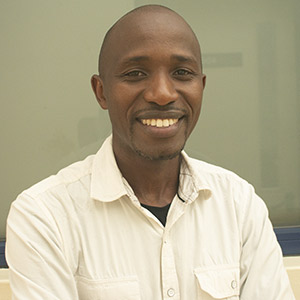Forming HIV Reservoirs, Informing Cure Strategies
Researchers gain new insight into the main barrier to eradicating HIV
By Jeffrey Laurence, M.D.
Research question
A cure for AIDS is predicated on eradication of the latent viral reservoir, formed when HIV integrates into the genome of host cells and persists beyond the reach of antiretroviral therapy (ART). Documentation of this achievement, and longitudinal assessment of cure strategies that may initially lead to only incremental effects on these reservoirs, demands accurate measurement of reservoir size and determination of when the reservoir first forms.

However, more clarity is needed about the timing of reservoir formation as variations in this process have been noted by researchers. So this study asked: How much of the variability in determining when the reservoir is formed is due to sampling timepoints versus HIV genome-specific differences? That is, to what extent is this variability a result of methodological differences as opposed to differences in the populations participating in studies?
Findings
Researchers from Canada, South Africa, and the U.S. examined eight individuals from the CAPRISA cohort in South Africa and 10 from a Swedish cohort. Blood samples were available for participants up to 18 years after ART initiation. A statistical analysis was used to investigate the impact of timing, frequency, and depth of blood sampling on estimates for time of latent reservoir formation. It was encouraging that only in those individuals with rapidly changing viral envelope sequences were such estimates of questionable validity.
Impact
The authors concluded that methodological differences in sampling have little impact on determining reservoir formation dates and therefore “useful insights may still be drawn from cohorts with less intense, but well-spaced [blood] sampling,” something of critical importance when utilizing African cohorts that often do not have the resources to guarantee the intense sampling typical of studies in research-rich countries.
amfAR’s role
amfAR was a funder of this research. amfAR grantee Edward N. Kankaka, MD, MPH, of Rakai Health Sciences Program in Uganda is the lead author of the study.
Original article
http://www.ncbi.nlm.nih.gov/pubmed/38819322
Dr. Laurence is amfAR’s senior scientific consultant.
Share This:
